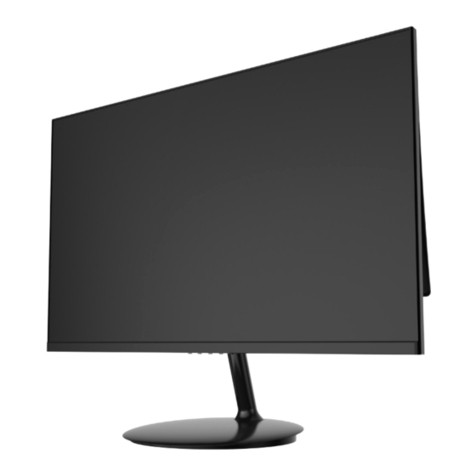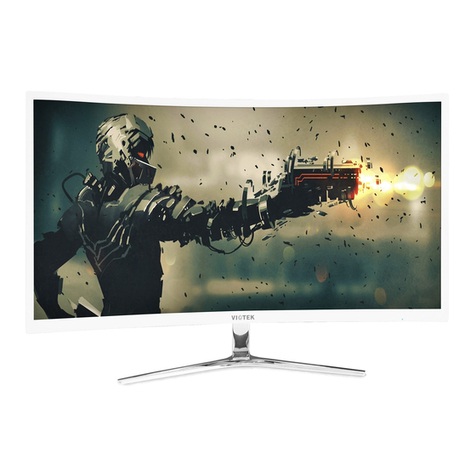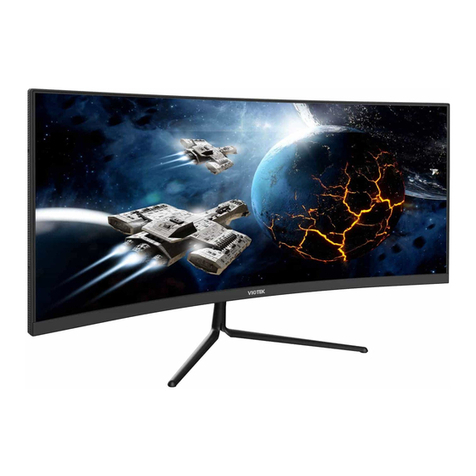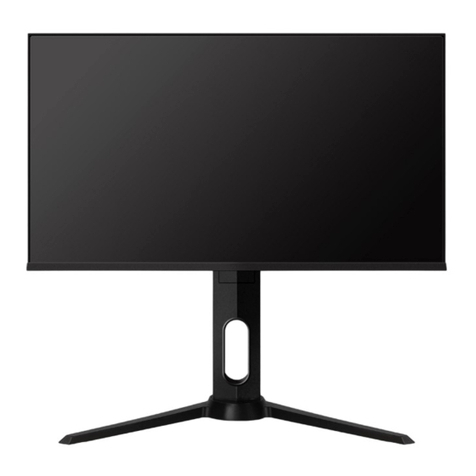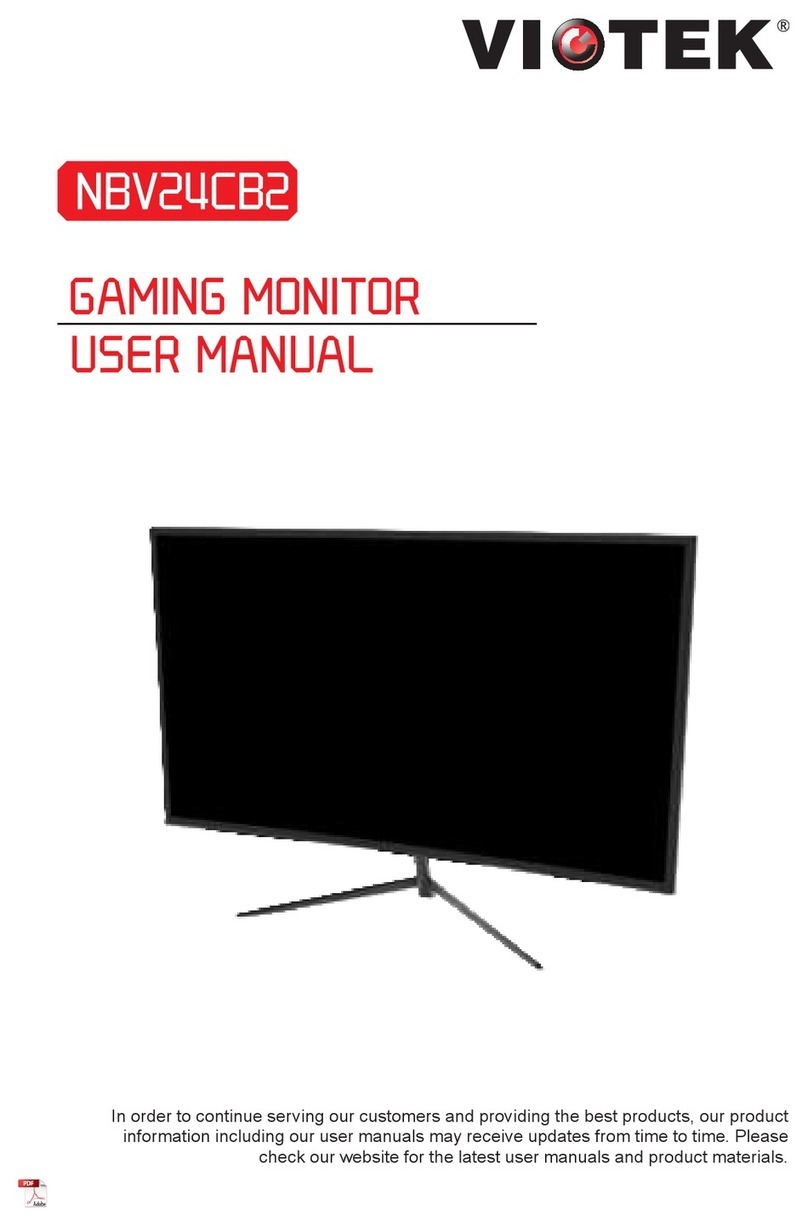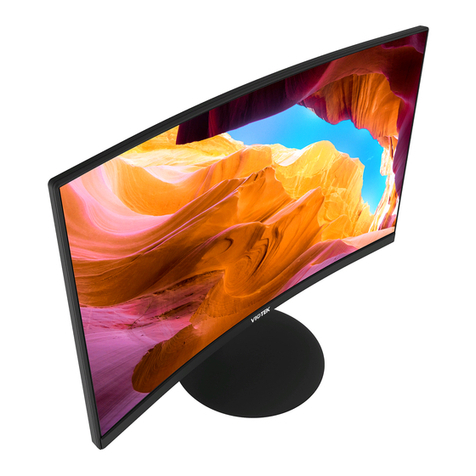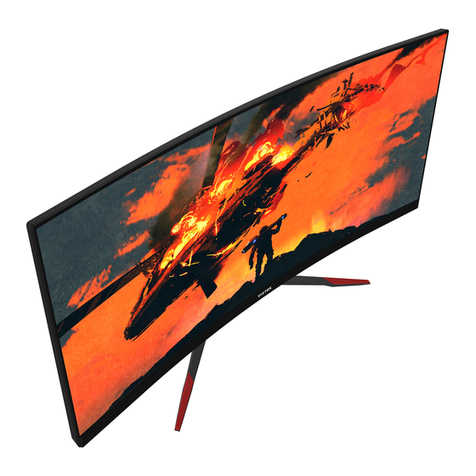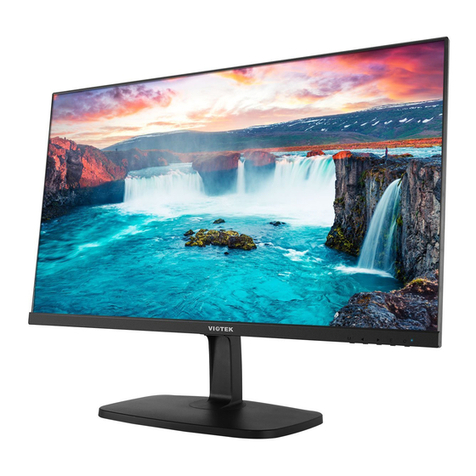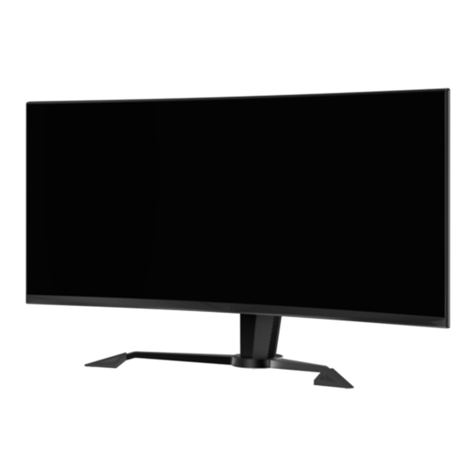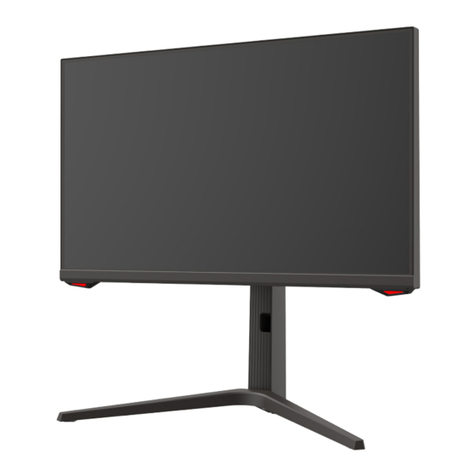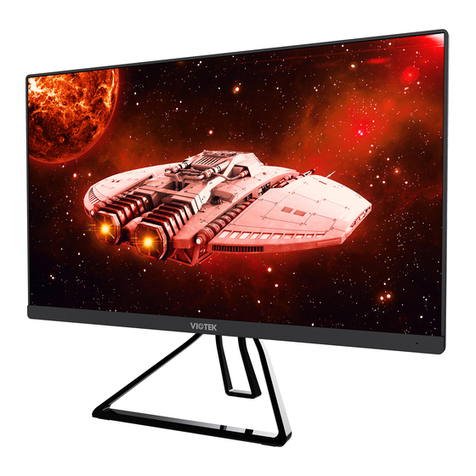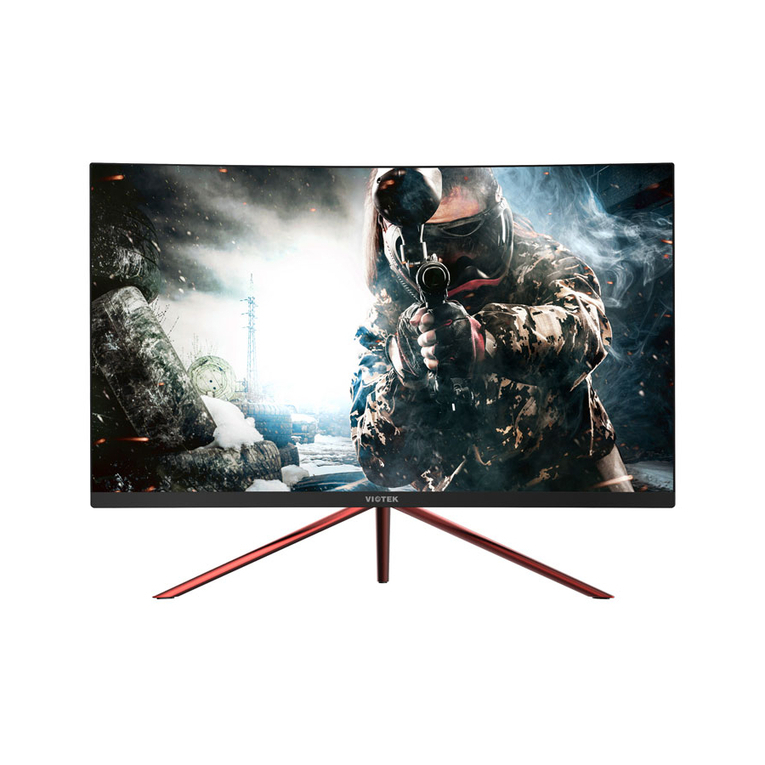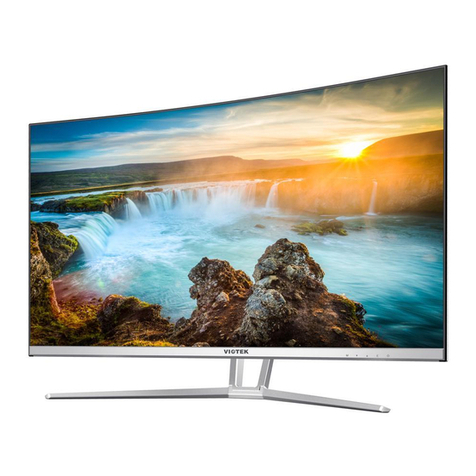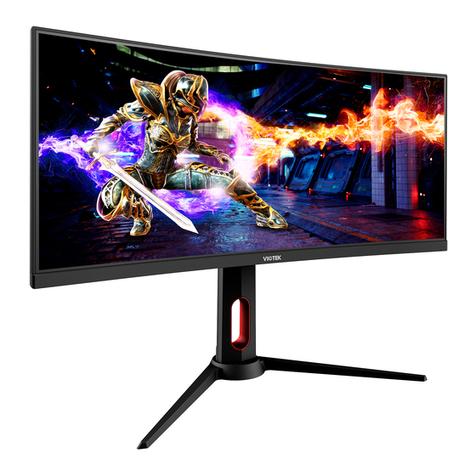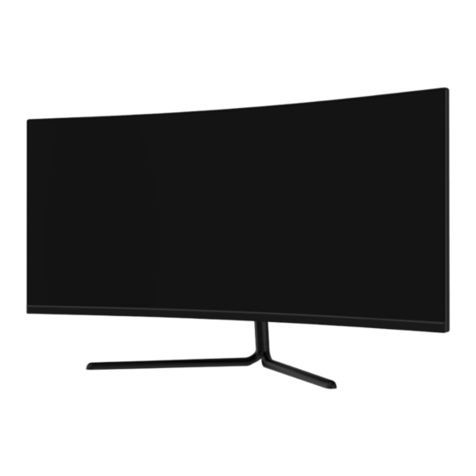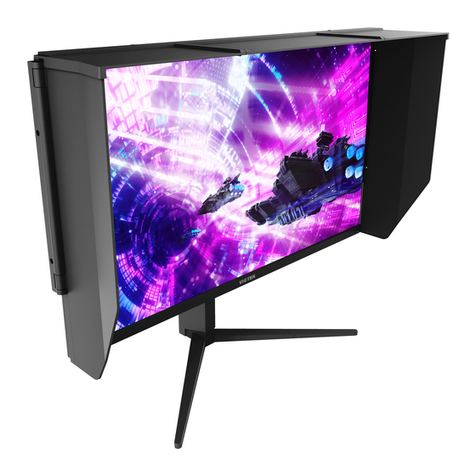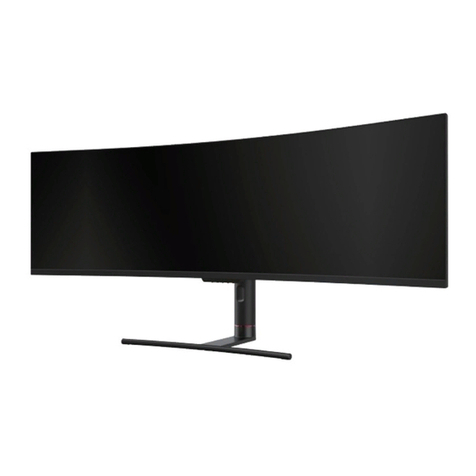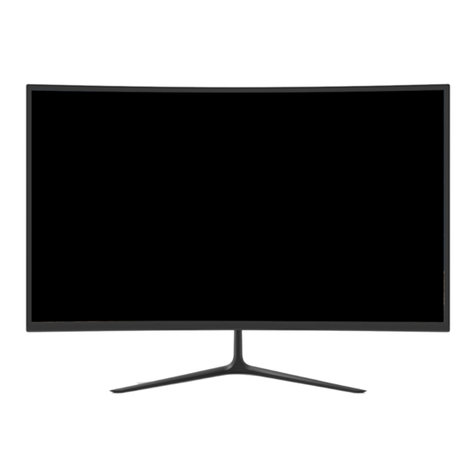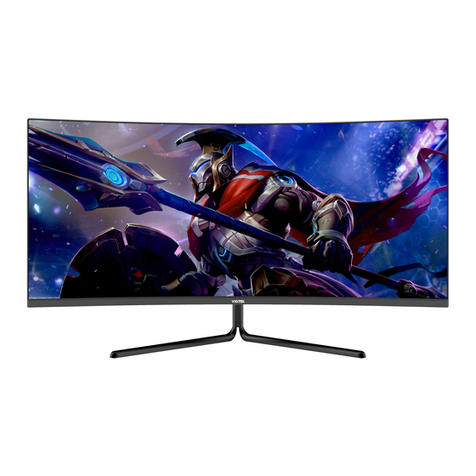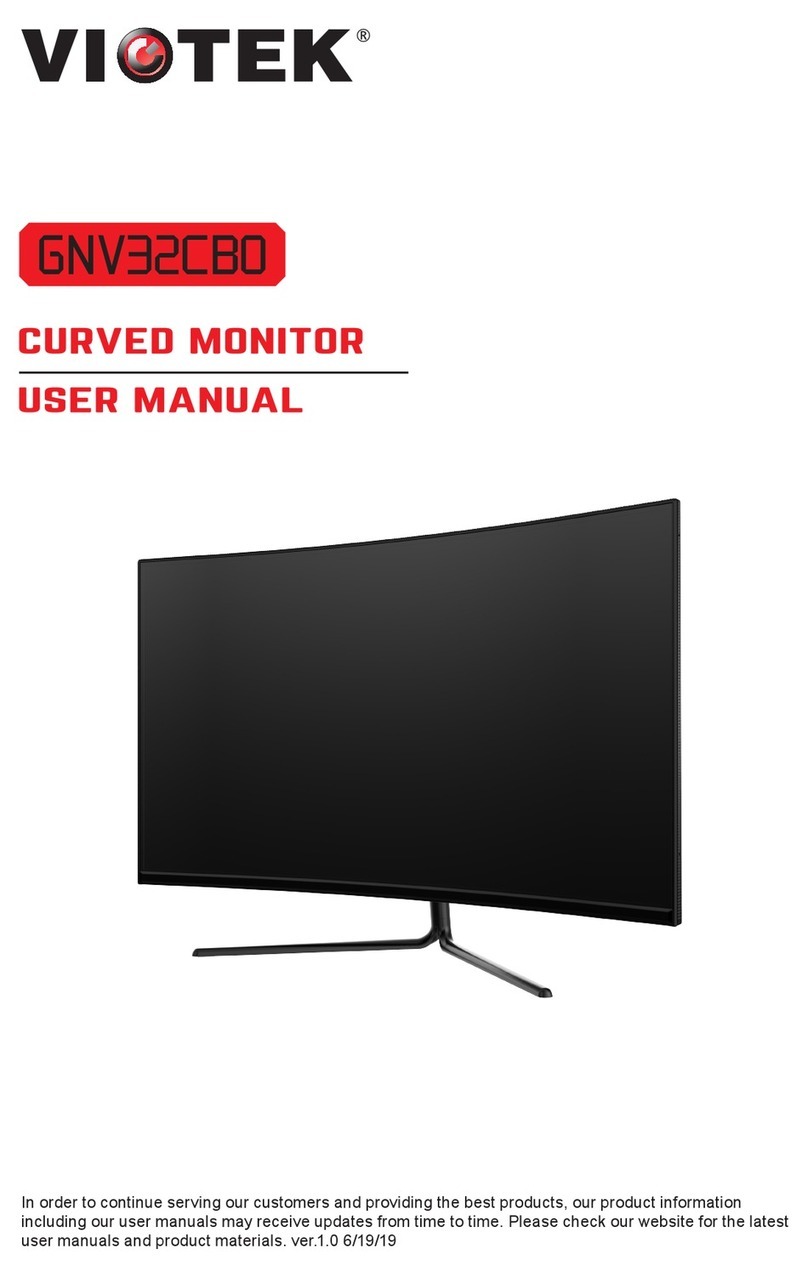
3
Table of Contents
Section 1: Safety Precautions ............................................................................4
Section 2: Box Contents .....................................................................................5
Section 3: Product Overview ..............................................................................6
3.1 – Monitor Buttons .....................................................................................6
3.2 – Monitor Ports.........................................................................................6
Section 4: Stand Installation ..............................................................................7
Section 5: Wall Mounting ....................................................................................9
Section 6: Connectivity Options ........................................................................10
6.1 – Connecting the Power Cable ................................................................10
6.2 – Connecting Your Earphones.................................................................10
6.3 – DP Connectivity ....................................................................................11
6.4 – HDMI Connectivity ................................................................................11
6.5 – DVI Connectivity ...................................................................................11
Section 7: Basic Operation .................................................................................12
Section 8: Indicator Light....................................................................................12
Section 9: OSD Setup ..........................................................................................13
9.1 – OSD Menu Functions ............................................................................14
Section 10: LED Effects System Console .........................................................16
Section 11: GAMEPLUS Adjustment..................................................................17
Section 12: Troubleshooting...............................................................................17
12.1 – PIP (Picture in Picture) Input Information ............................................19
12.2 – PBP (Picture by Picture) Resolution Information ................................19
Section 13: Specifications ..................................................................................20
13.1 – Resolution Compatibility for DVI/DP ...................................................20
Section 14: 1 Year Limited Hardware Warranty................................................21
